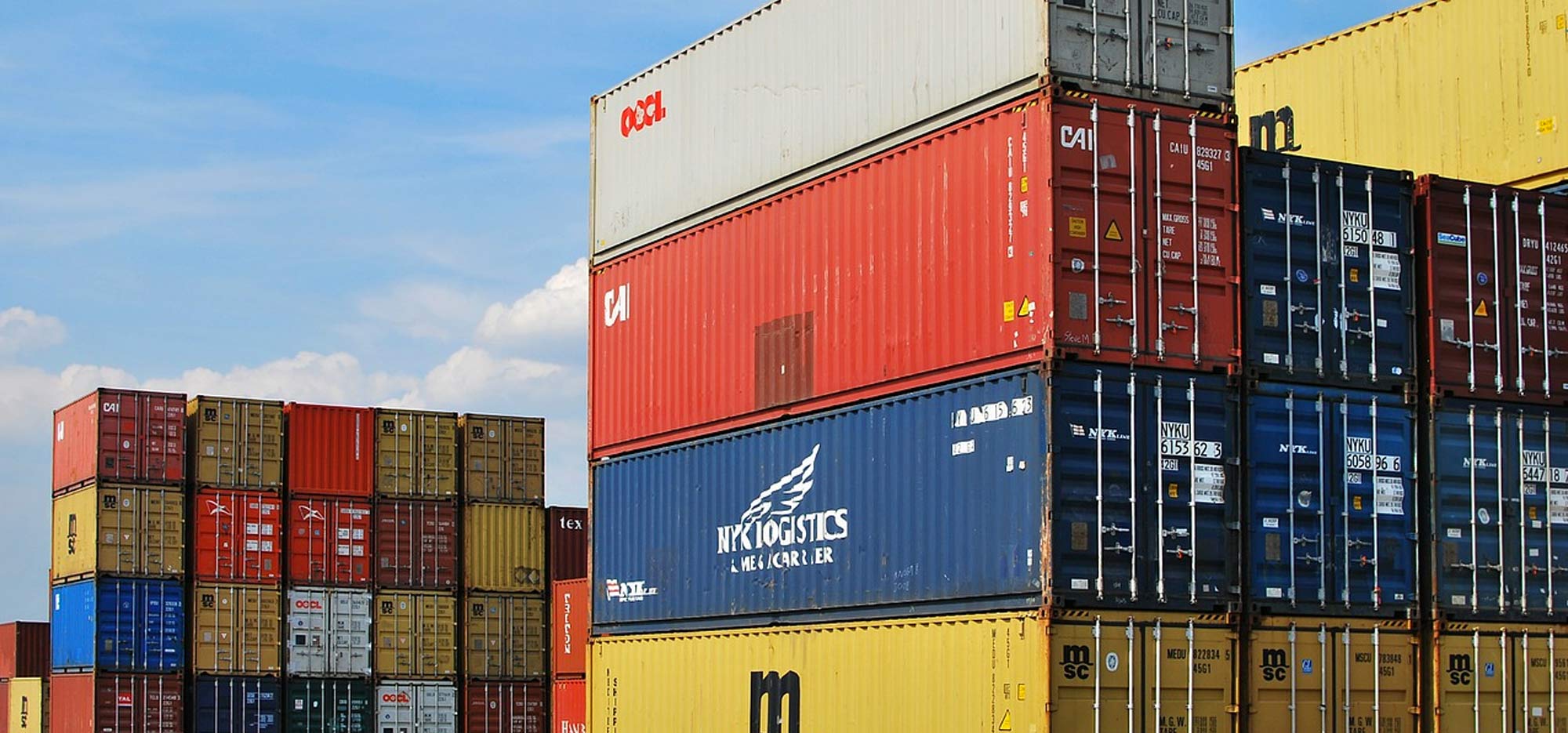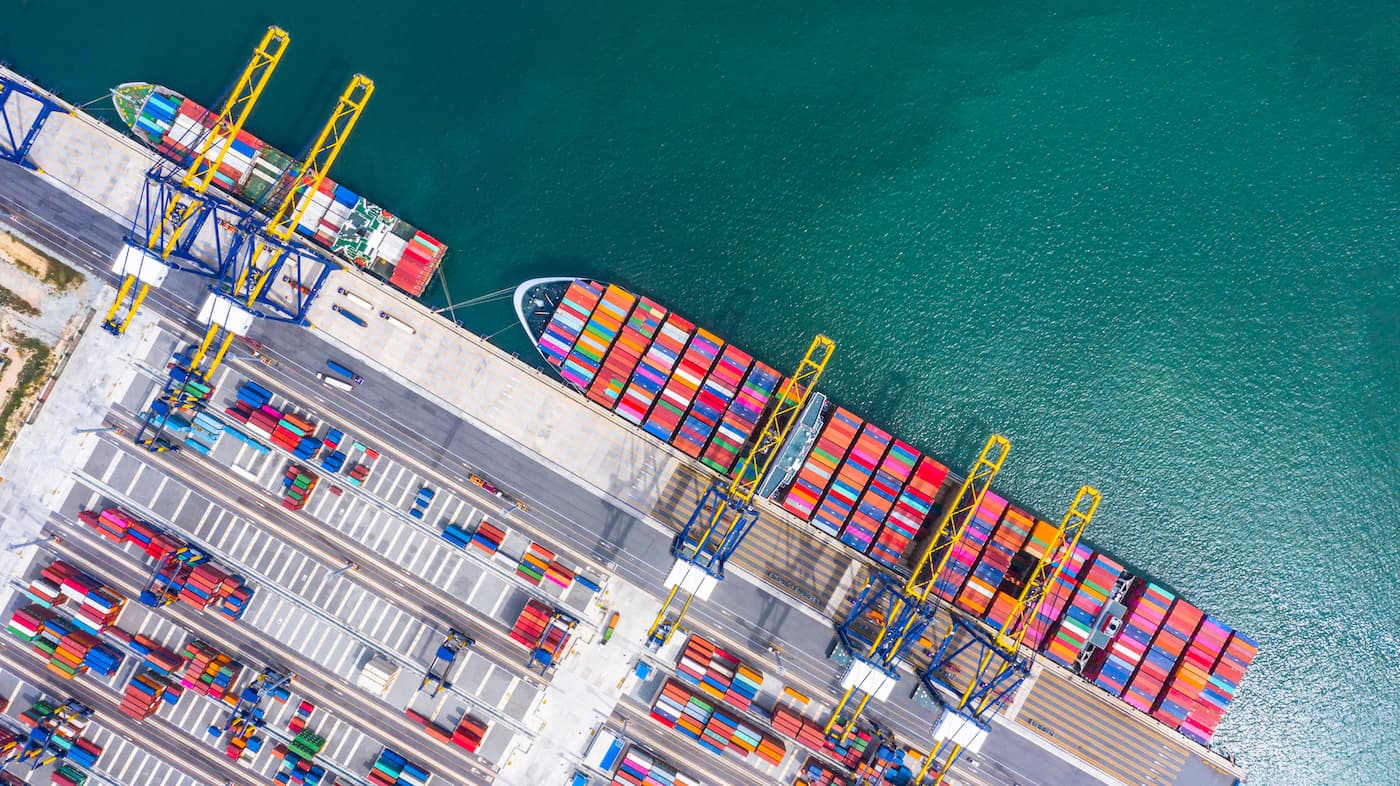It is no small task to consistently classify freight in a manner that is both customized and cost-savvy. With a certain depth of industry know-how and trustworthy carrier relations, however, it is possible. This explainer breaks down the ins and outs of classifying freight, including how third-party logistics partners might go about using knowledge of freight class to save clients time and money.
Learn how logistics partners differentiate between freight classifications set up by the National Motor Freight Traffic Association to comply with rules and regulations, and benefit your bottom line. Also included is a step-by-step guide for calculating freight density.
What Is Freight Class?
Freight class, or NMFC (National Motor Freight Classification), is a shipping industry standard and grouping system developed by the nonprofit National Motor Freight Traffic Association. It’s used for interstate, intrastate, and foreign commerce movement of LTL (less than truckload) shipments.
Purpose of Freight Class
The intention behind NMFC is to provide a standard comparison of commodities for freight identification and classification. This is necessary for simplifying comparative evaluations of the billions of different products annually shipped within today’s globally competitive market. By providing a definitive source of common ground between shippers and carriers, this system helps facilitate smooth and productive freight rate negotiations and logistics.
What’s so special about LTL?
The NMFC is specific to LTL shipments because they entail a variety of products being shipped on a single pallet. These do not all share liability and density values, nor do they necessarily require equal handling and stowing efforts, and therefore, must be priced differently.
Transportability & Determining Metrics
Freight class describes a commodity’s overall “transportability.” The four primary metrics used to calculate transportability are:
- Density
- Ease of handling
- Liability
- Stowability
*Distance, volume, and other market factors may also inform how your freight is classified.
Density
Within the shipping realm, density is defined as the space an item occupies in relation to its weight. Regarding class: Class 50 (lowest class) is assigned to freight that is greater than 50 lbs. per cubic foot. On the other end of the spectrum, at class 500, we see freight that is less dense than 1 lb. per cubic foot (gold flakes, for example).
Ease of Handling
Most cargo is simple to load and unload, especially when these tasks are doled out to machinery, as they often are. Still, there is freight that requires special care and attention due to restrictions brought upon by irregularities in weight and/or shape, excessive fragility, or hazardous properties. These sorts of restrictions may warrant a change in freight classification.
Liability
Heightened risk of theft or accidental damage is considered when leveraging accountability. Perishable items and dangerous chemicals, for instance, carry potential liability concerns and costs.
Stowability
Some types of freight are subject to government regulation or specific carrier policies. There are several freight types that cannot be loaded together, such as certain hazardous materials, freight that is particularly massive, or that protrudes in a fixed, inconvenient direction. Freight class attempts to quantify relative stowability to reflect how easy or difficult it is to handle various kinds of freight.
Step by Step Instructions for Calculating Freight Density:
- Determine the length, width and height of your freight in inches (Including packaging).
- Multiply these three metrics to calculate the size of your freight in cubic inches.
- To convert to cubic feet, divide this by 1,728 (the number of cubic inches in a cubic foot).
- Then, divide the weight of your freight (in pounds) by the total cubic feet.
This will give you the density of your freight.
L x W x H = inches3 # inches3 / 1,728 = feet3weight in lbs./ feet3 = density
The Classes
There are 18 possible classifications for LTL freight, ranging from low, 50, to high, 500. Easily handled, dense, sturdy freight will be tagged with a low classification. Freight that is particularly susceptible to damage or theft will be ranked higher.
A good rule of thumb to follow is: The lower the density, the higher the freight class.
| Class | Cost | Weight range (per cubic foot) |
|---|---|---|
| Class 55 | Lowest | over 50 pounds |
| Class 60 | 30-35 pounds | |
| Class 65 | 22.5-30 pounds | |
| Class 70 | 15-22.5 pounds | |
| Class 77.5 | 13.5-15 pounds | |
| Class 85 | 12-13.5 pounds | |
| Class 92.5 | 10.5-12 pounds | |
| Class 100 | 9-10.5 pounds | |
| Class 110 | 8-9 pounds | |
| Class 125 | 7-8 pounds | |
| Class 150 | 6-7 pounds | |
| Class 175 | 5-6 pounds | |
| Class 200 | 4-5 pounds | |
| Class 250 | 3-4 pounds | |
| Class 300 | 2-3 pounds | |
| Class 400 | 1-2 pounds | |
| Class 500 – (Low Density /High Value) | Highest | Less than 1 lbs. |
How 3PLs Use Freight Class to Lower Shipping Costs:
Clever third-party logistics (3PL) may be able to finagle freight classifications to benefit your bottom line. This may include:
- “Bumping” density
- Strategic changes to packaging
- Specifying a low “released value”
Bumping Density
"Bumping" is the practice of declaring an artificially higher weight on the original bill of lading to qualify for a lower freight classification. To do so requires adherence to certain provisions, and a shipment can only be bumped one class.
Packaging
It’s beneficial to manufacturers, shippers and carriers alike to partner with a 3PL who cares enough to know precisely what it is you’re shipping. Awareness of the exact commodity could inform packaging decisions, which help influence freight classification.
In some cases, smart packaging could mean a lower, and therefore more cost-effective, freight class. Such changes may even be more appropriate/protective for your cargo, thus saving you from potential damages, and in turn, costs.
Here are seven helpful questions to ask when considering cargo packaging:
- Is it as dense and compact as possible?
- Is it durable?
- Can it be easily handled?
- Is everything adequately protected?
- Does this packaging benefit stowability?
- Is this the best pallet size for this shipment?
- Are these the best types/strengths of boxes for each commodity group?
Low “Released Value”
A "released value" provides perhaps the most economical yet minimal protection, since it is typically offered at no additional charge, though limits liability to a value lower than the actual value of the cargo.
Consultation with a seasoned customs professional on your team is advised, since it would involve publishing a tariff with released rates provisions and negotiating with your shipper to reach an official, written agreement. Then, a bill of lading must be drafted, to reflect such an agreement.
CAF Worldwide: Customs Experts Who Care
To get the most out of the cost-cutting opportunities hiding between freight class guidelines, it’s vital to partner with a third-party logistics provider who:
- Understands customs brokerage
- Is a trusted freight rate negotiator
CAF Worldwide's team consists of customs experts with more than three decades of experience perfecting their craft and navigating the complex world of freight forwarding and the shipping industry. It is precisely this superior customs knowledge, coupled with a track record of maintaining healthy carrier relationships, which enables us to walk the tightrope of mutually beneficial freight negotiations, time and time again.
To learn more, Contact Us Today!
Topics: Freight Forwarding
CAF Worldwide has been a trusted leader in global logistics and freight forwarding since 1982, delivering tailored supply chain solutions with a focus on reliability, innovation, and customer-centric service. Specializing in industries such as apparel, footwear, and consumer goods, CAF offers comprehensive services including air and ocean freight forwarding, customs brokerage, intermodal transportation, warehousing, and RFID-based tracking. With a strong presence in Southeast Asia and Bangladesh, CAF ensures efficient, secure, and timely delivery for clients worldwide. Guided by core values of advocacy, loyalty, and integrity, CAF Worldwide is committed to advancing global trade through ethical practices and cutting-edge technology.













 Copyright 2025 CAF Worldwide. All rights reserved.
Copyright 2025 CAF Worldwide. All rights reserved.